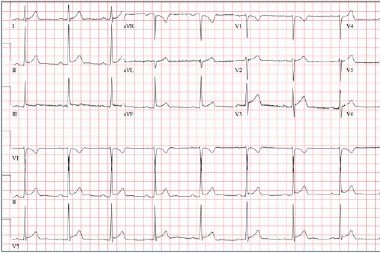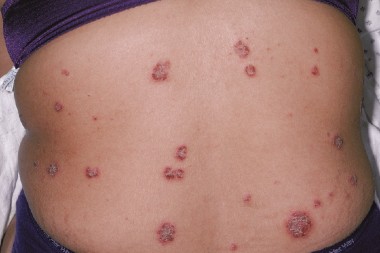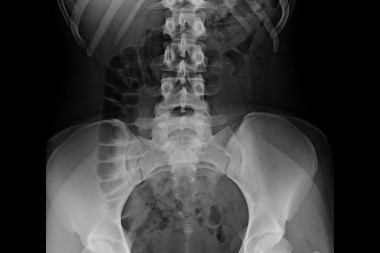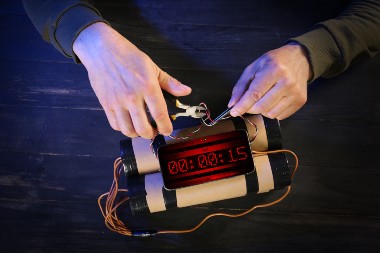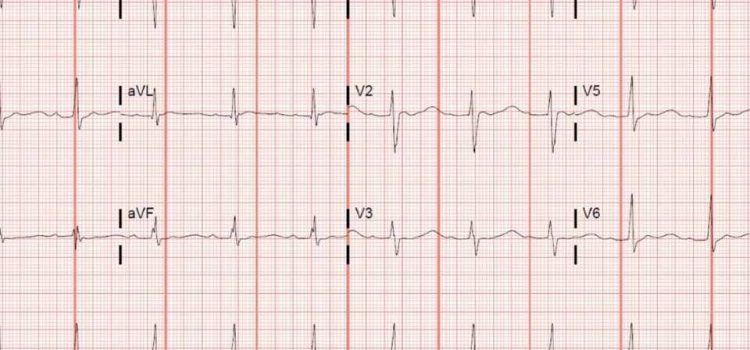History: A 39-year-old male with no known past medical history presents to urgent care for evaluation of several hours of sharp, non-radiating, left-sided chest pain. The pain is non-exertional, non-pleuritic, began after his last meal and resolved without intervention approximately 30 minutes prior to arrival. No history of similar pain in the past. No associated shortness of breath, nausea, vomiting, or diaphoresis. View the ECG taken and consider what your diagnosis and next steps would …
Read More